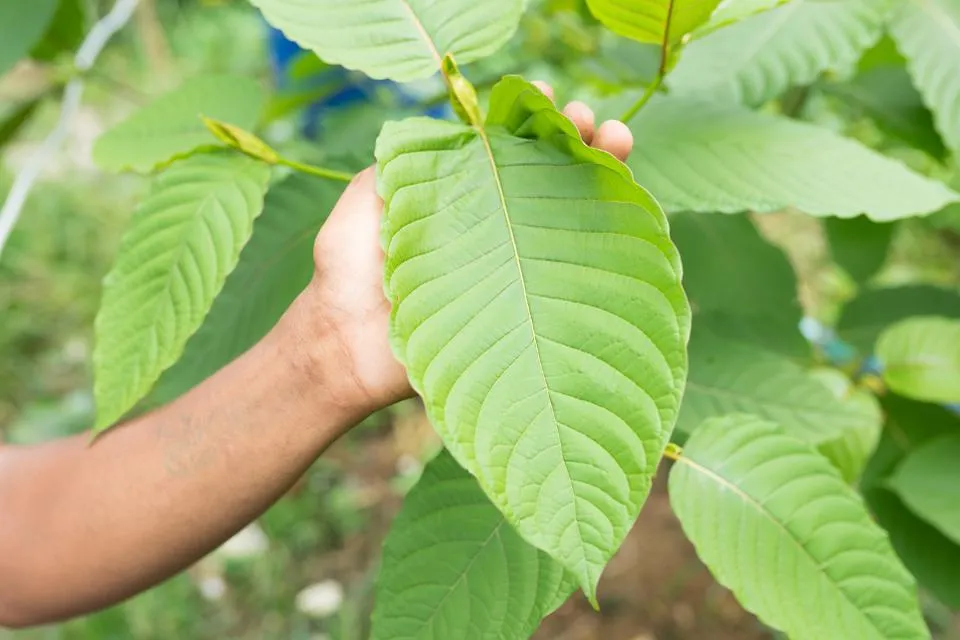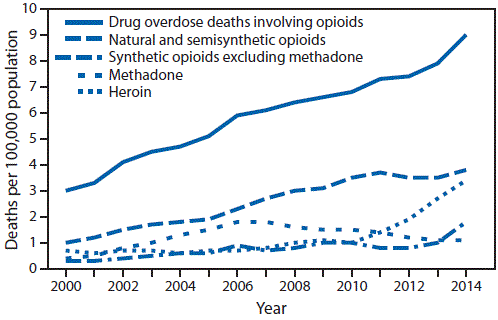Kratom is a word that's been getting a lot of buzz lately. If you aren't familiar with it is a large tree-like plant in the coffee family that's native to Southeast Asia. Most scientists would know it as Mitragyna Speciosa. In the United States we often refer to it by the same name as the locals who produce it: kratom.

The beginnings of the kratom culture within its indigenous area is hard to identify. For the most part it has been treated by people native to the area much the same way as other psychostimulating botanicals have in other areas; local cultivators chew the leaf or make a tea out of it. They sometimes introduce it into food, although this is rare. Some larger cultivators will sell powdered kratom leaf or capsules in markets. Individuals and families think very lightly of usage of the plant if they even think about it at all. In other words it's long been a valuable and versatile cash crop that's long been a part of everyday life. The plant has a painkilling and energizing effect with a rapidly diminishing tolerance that earns it a revered spot in the toolchest among some of its users.
Kratom was largely unknown to Western culture until it was identified and named Mitragyna Speciosa by E.M. Holmes in 1895. For the next 50 years the plant enjoyed an uninhibited existence until the early 1940's when it fell under a ban in a number of countries, notably Thailand, Myanmar and Malaysia. Somewhat analagous to marijuana the ban has done little to remove the plant from the mind and culture of its locals and people continue to use, cultivate and sell the plant in spite of the possibility of legal consequences.
I cannot speak of the experience from chewing the leaf. I do not live in an area with easy access to live kratom trees. But thanks to a forgiving regulatory environment I can share with you the experiences of consuming a tablespoon of dried crushed leaf powder. A reasonable human being would choose to capsule up the powder and swallow it because trying to choke down 8cc's of a desiccated leaf is not easy and akin to the cinnamon challenge. But I am not a reasonable human being and so I scooped up a tablespoon or so of powdered plant material and took a big gulp of water with it and waited for the effects.
Usually within the first 15 minutes you'll notice a bit of CNS stimulation. You may want to get up and walk around, or clean your work area. A faint and pleasant euphoria fills the background of the experience. Your nose and face may itch a little bit. You may have a light and feathery sleepiness. Indeed, some users that use kratom say it makes them very sleepy or uninitiated. There's a marked narcotic effect that comfortably removes the "sharp edges" of body pains. You may have a little trouble pooping the next day if you don't hydrate enough. Effects can vary noticeably, but not extremely, from individual to individual and plant to plant.

The major responsibility of these effects mainly come from an alkaloid contained within the plant called Mitragynine and it's esters and analogues that are present alongside it, pictured above. Mitragynine is not shaped like a classical morphine-type molecule and yet evokes effects that are very similar to small doses of classical painkillers such as morphine and its cousins codeine, hydrocodone, etc.
There also seems to be a unique tolerance profile to mitragynine. From anecdotal reports a user's tolerance can build to kratom usage relatively quickly but drops back to normal with a remarkably similar speed after cessation. It's hypothesized that this type of tolerance effect is responsible for kratom's lack of reported overdoses and addictions to the plant, but this is speculation, as the unique tolerance profile has yet to be supported by any data. What is certain is that the number of reported overdoses on kratom is low enough to make finding actual reports of overdose very difficult. I would hesitate to say kratom isn't or couldn't be a problem drug, but it's not killing people in an effective capacity. This is of particular consequence to the US.
If we focus our attention to the United States within the last 15 years we can see a rapid increase in interest in kratom. Notably within the past 5 years or so. This Google Trends graph illustrates this well.

The US Drug Enforcement administration was aware of this rapid increase in interest and chose to live up to its namesake by imposing a ban on the plant in 2016, only to backtrack that plan a few months later. But why? We have read the plant has druglike effects. We read that public interest has increased year over year. But within the US at least there has yet to be any regulation over kratom. This next graph may give some context about the difficulties the DEA faces as a public institution.

Americans have been increasingly killing themselves with painkiller-like drugs over the past couple of decades and the epidemic has shown no signs of slowing down. And so the DEA found themselves in a precarious position. The agency needed to address a rapidly increasing number of overdoses while managing public opinion. They ultimately decided to go with a total ban after a short period of public discussion. Well, people were pissed. Many petitions were created to prove how wide the support for kratom was. And in uncharcteristic fashion, the DEA decided to roll back its proposal for the kratom ban, music to the ears of its users.
So we see that kratom is an interested plant that's beloved to many. It has a sordid and colorful history, and it's impossible to ignore that it's an effective drug for the uses it is tasked for. But many people without experience using it, or that do not have friends or family that are experienced with it, find themselves very nervous that the DEA is by first appearance failing to do its duty. Should these people be afraid of this drug?
Hardly. What these people should be afraid of is not the first graph that was shown in this article, but the second. It is the opinion of the author that opiate overdoses in the United States are both systemic and endemic problems that have been on the rise independent of kratom usage. 99.99% of these overdoses have come from much stronger and synthetic and semi-synthetic pharmaceutical drugs(Although whether or not a drug is natural or synthetic has no bearing on how dangerous it is. Anyone that tells you otherwise is incorrect)
In fact, I would argue that kratom usage is tethered to overdose numbers only insofar that if the drug user is in the kratom graph, he or she is unlikely to end up on the overdose graph. If an individual has decided to use opioid drugs, there are decidedly worse ones to use than kratom.
Does this mean that kratom is totally safe to use without fear of consequence? No. Kratom is a powerful substance and should be handled and used with caution.
Does this mean that kratom should be unregulated? This is a difficult question to answer but no, it probably should be regulated to some degree.
Does this mean I should be afraid of seeing kratom culture begin to normalize into more and more peoples lives? Absolutely not. If there is something to be taken from this shifting of cultures it's that kratom usage is an indicator of wider drug trends.
Increasing numbers of people are using drugs and more to the point, increasing numbers of people are trying to use these drugs safely. Kratom happens to be on the frontlines of buffering against an opioid epidemic that could potentially be far worse if it weren't available.
Thanks for your time.